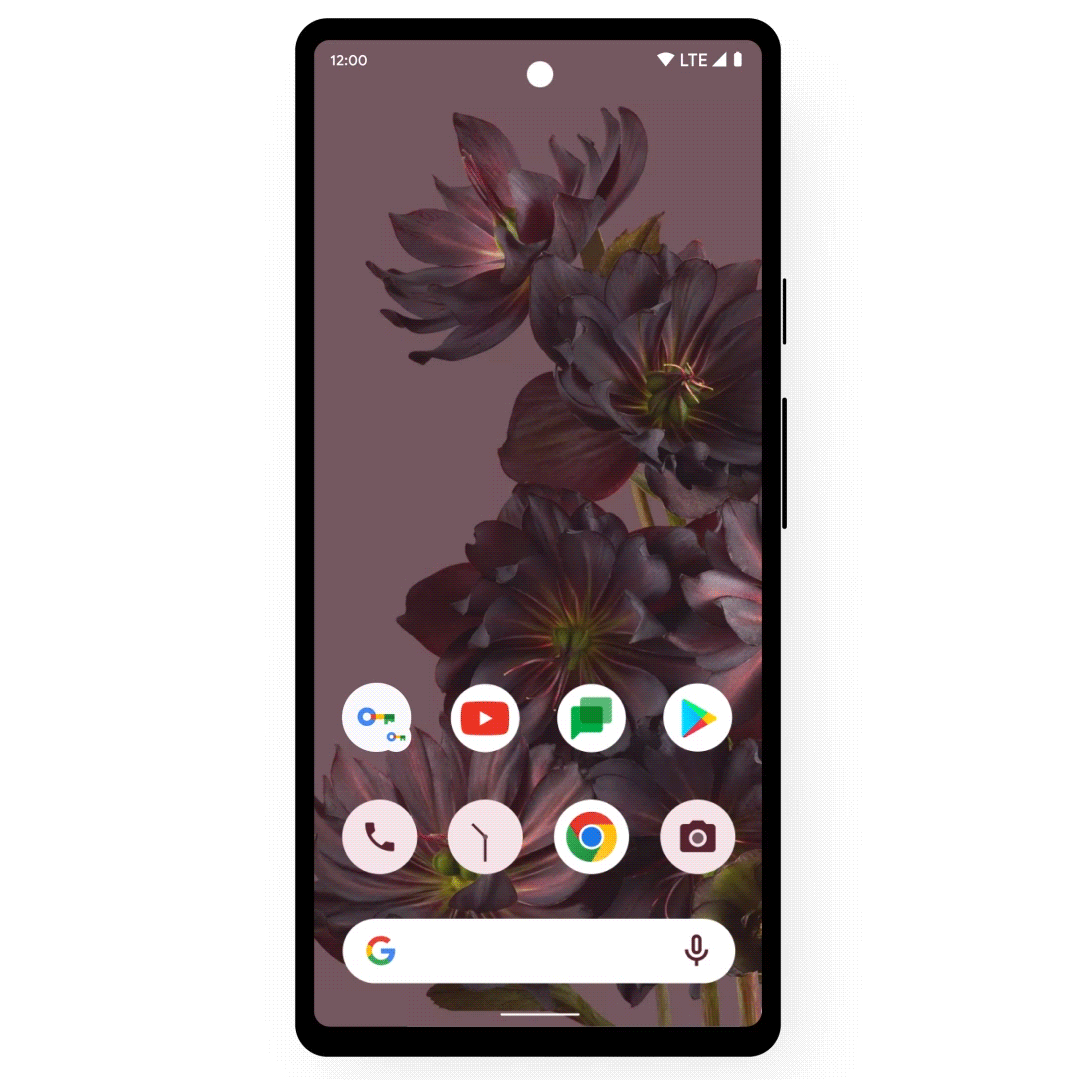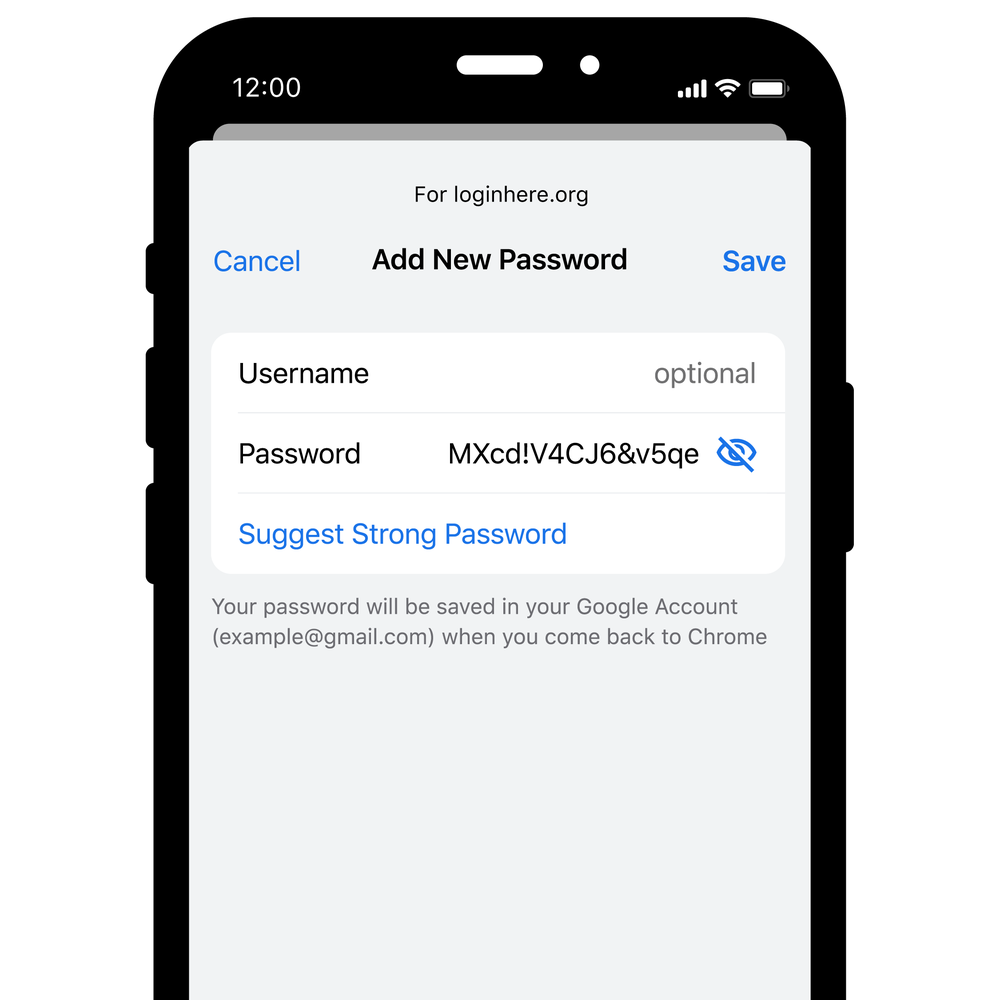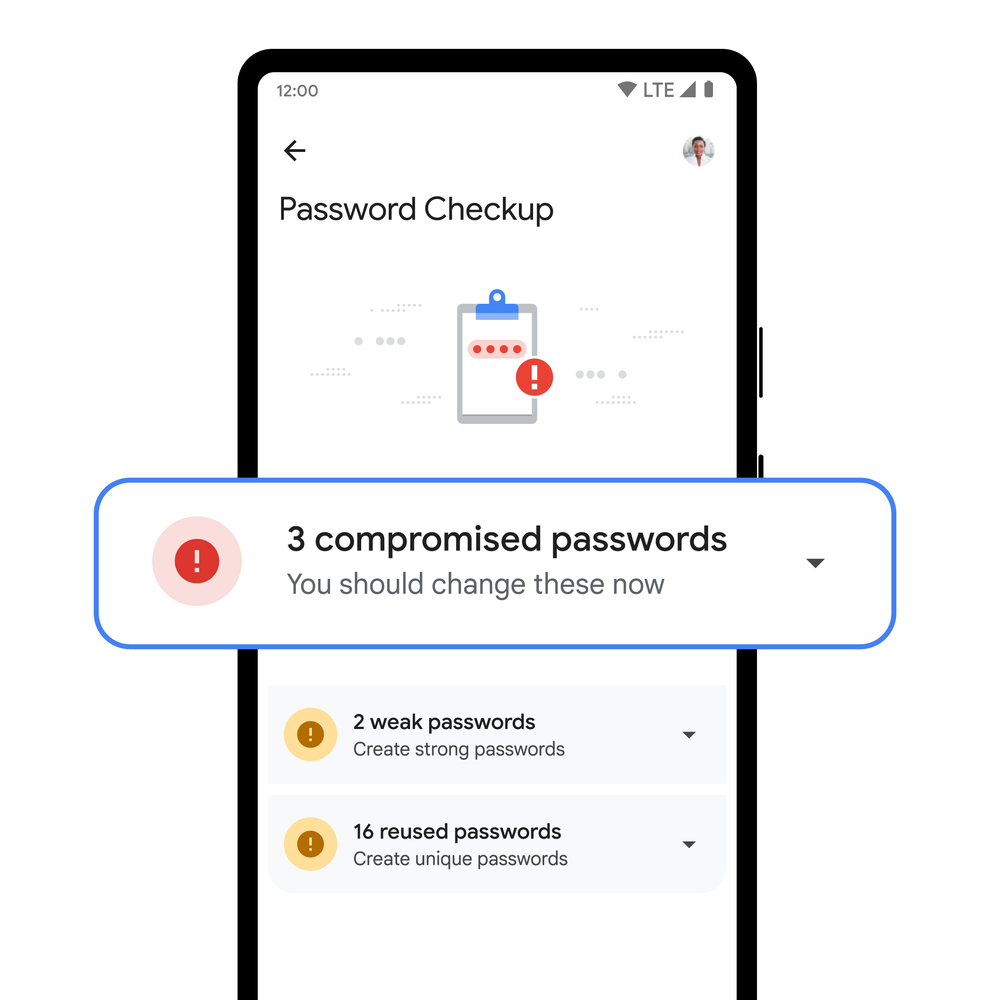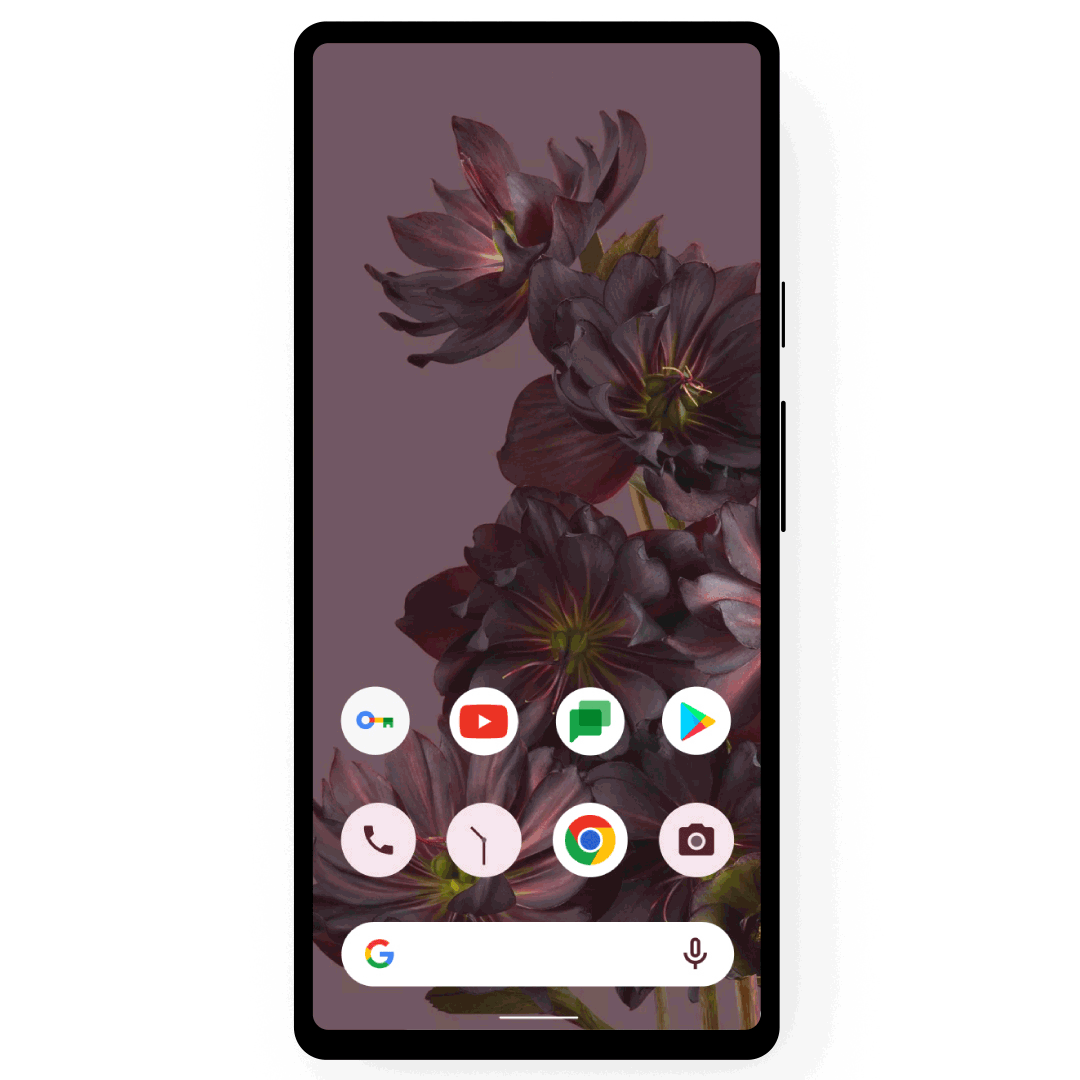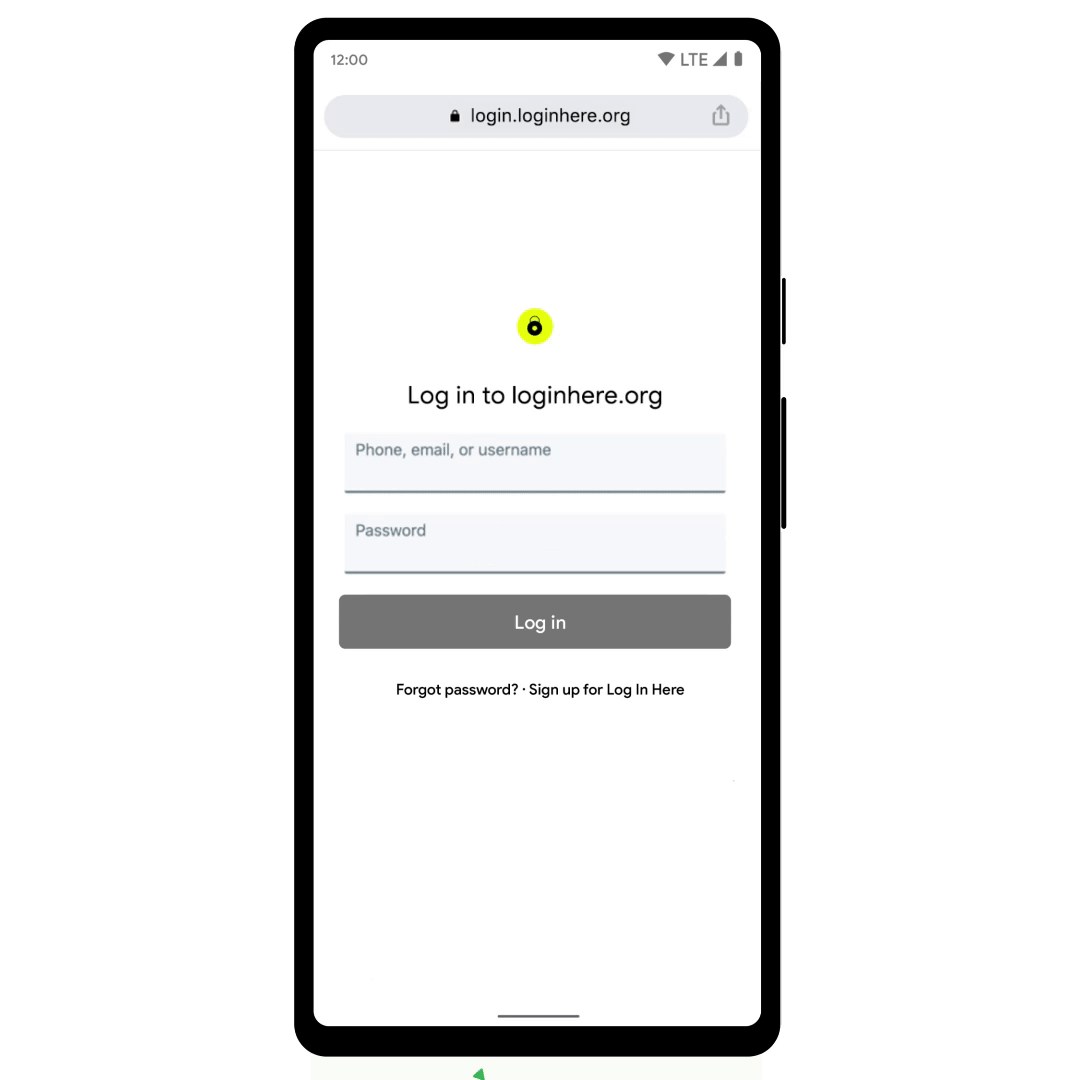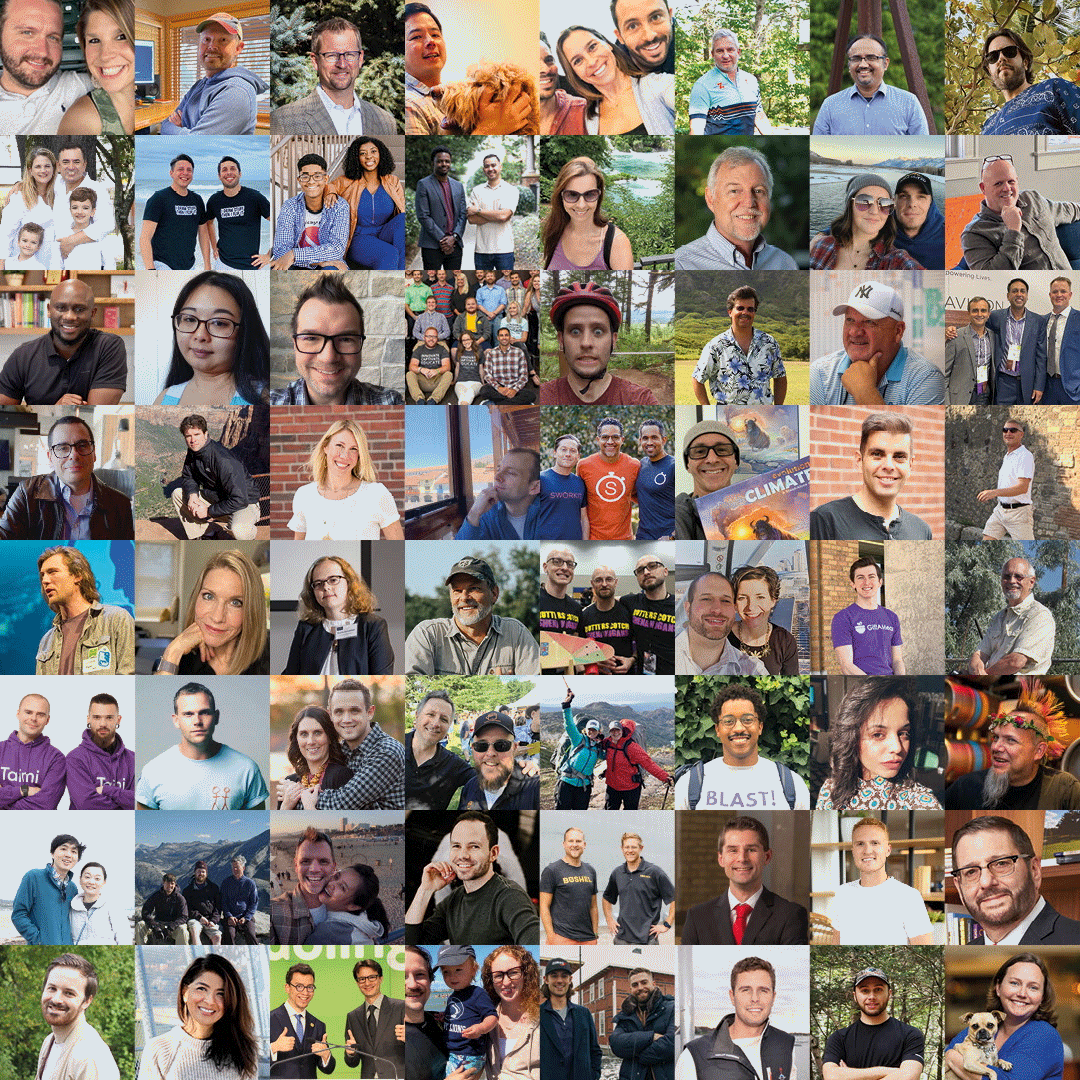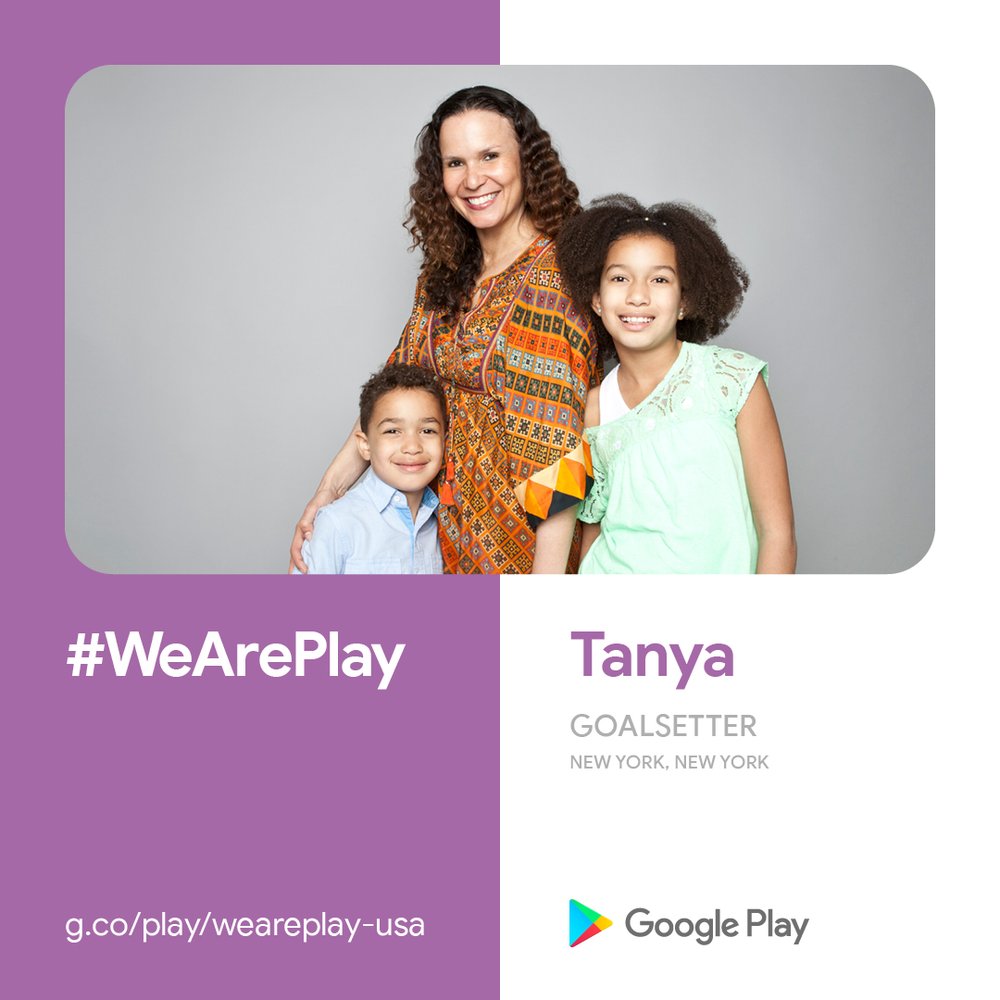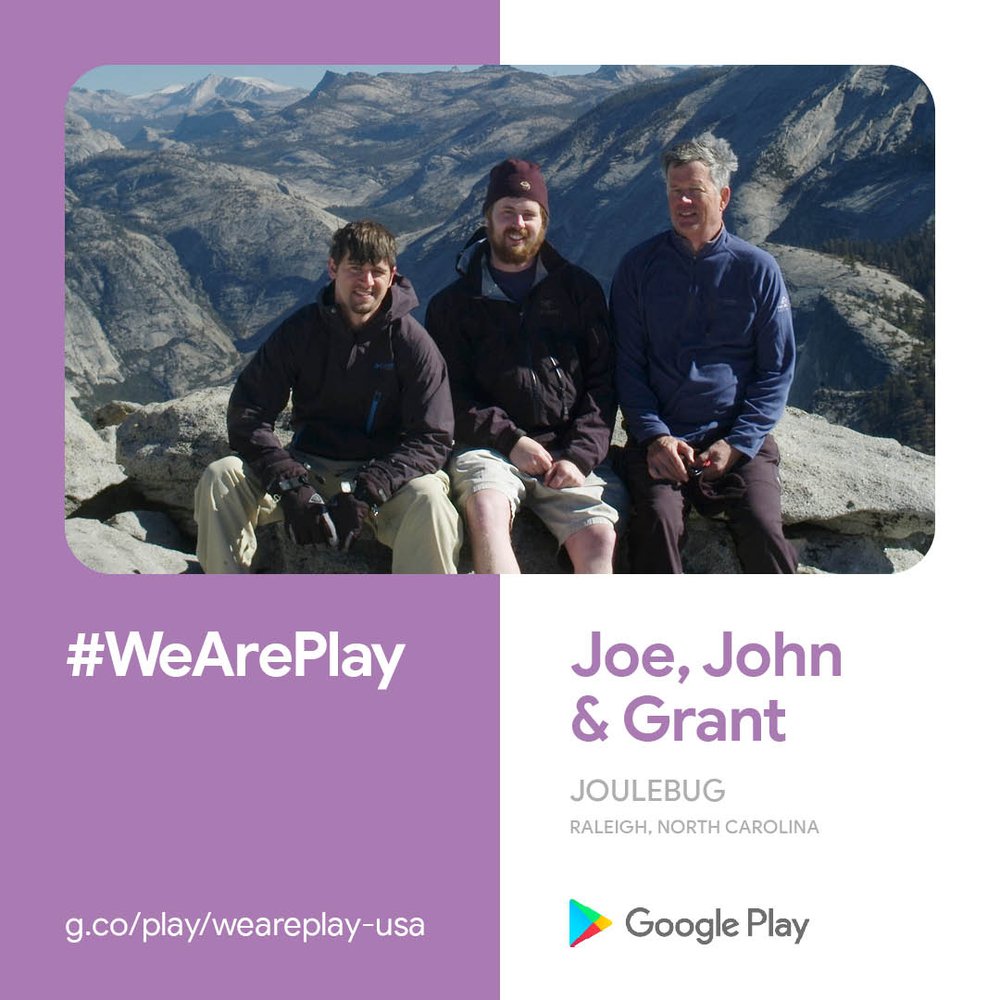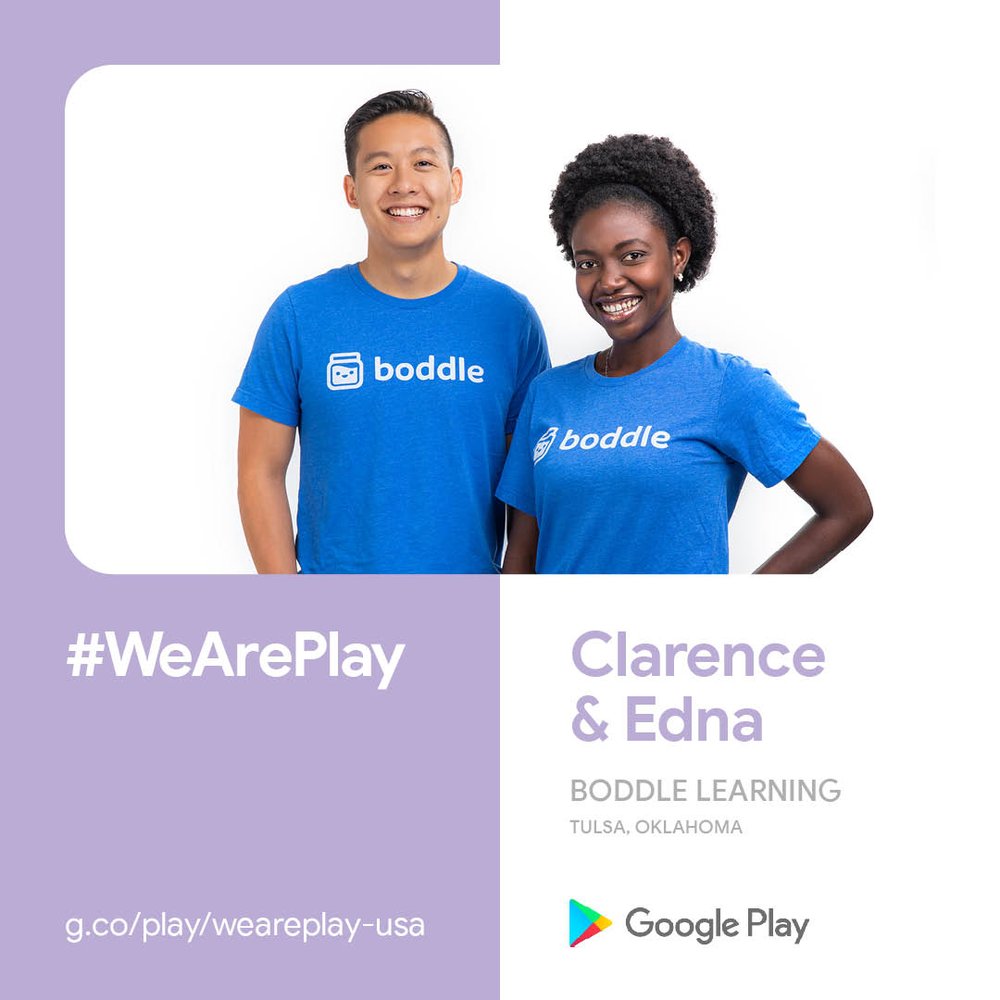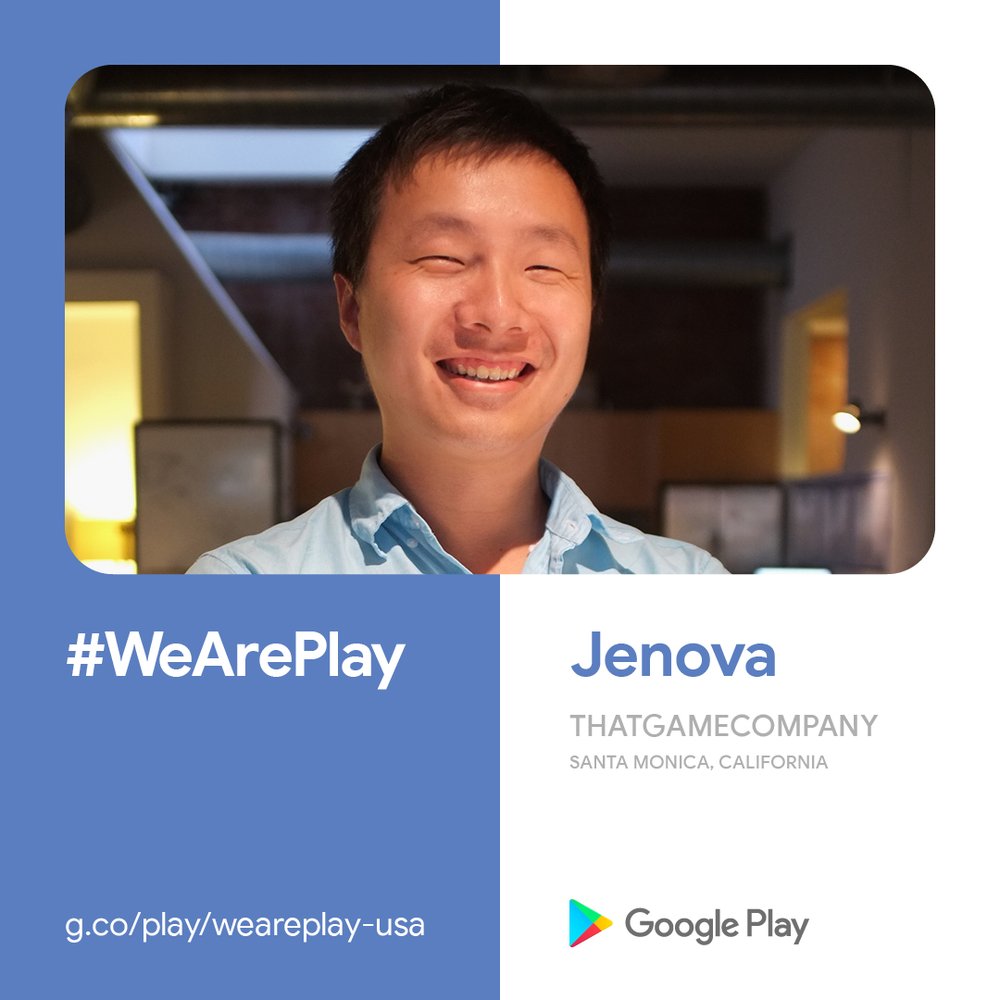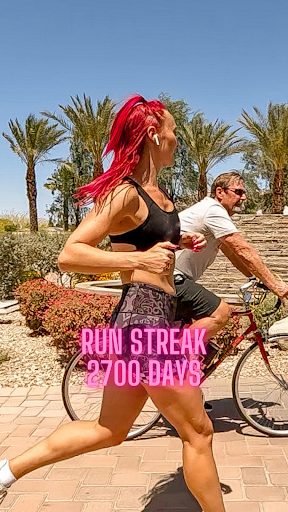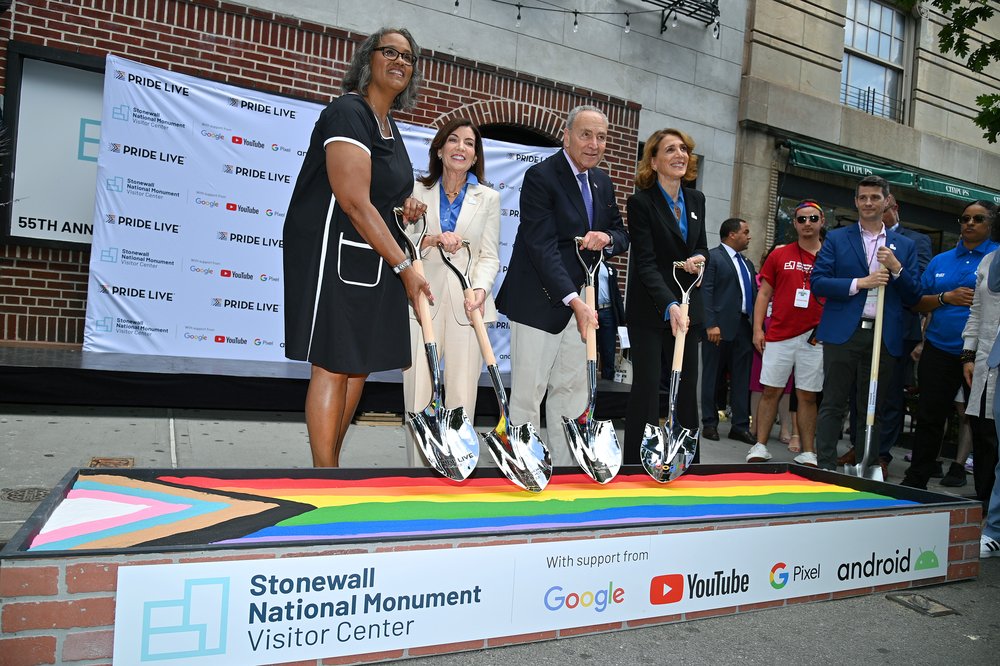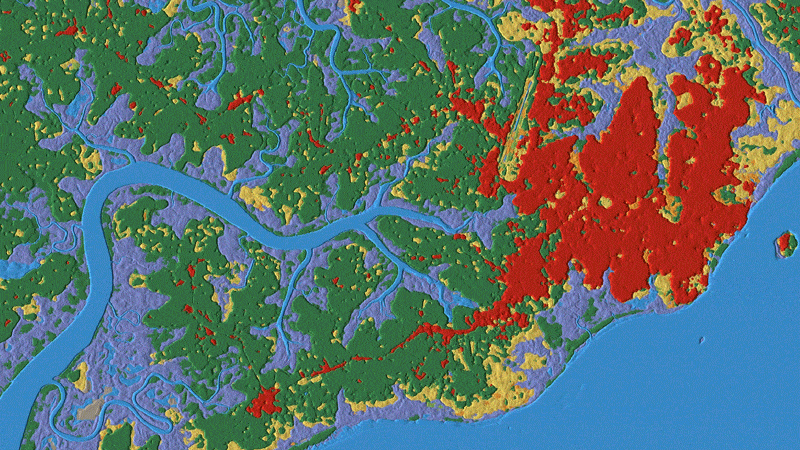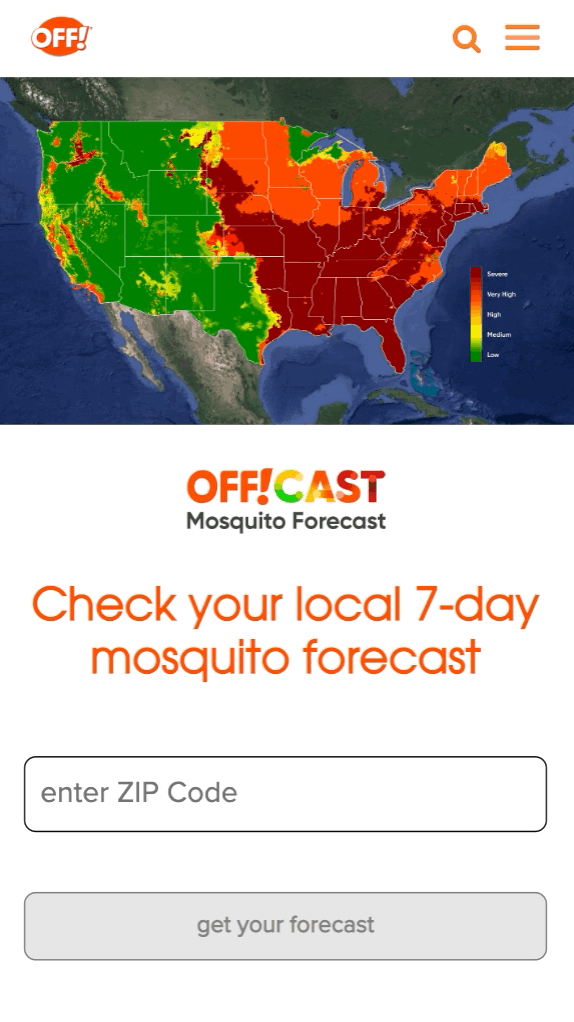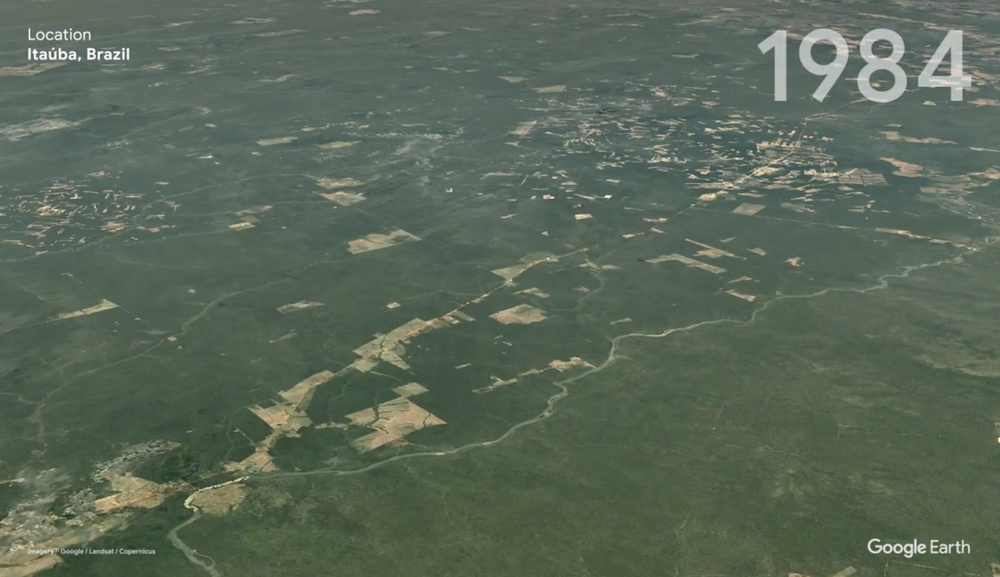The Android app economy has helped create nearly two million American jobs; developers around the world have earned more than $120 billion using the Google Play Store. We’re proud that Google Play helps developers build great apps and rewards them for doing so. And we know that a successful ecosystem must benefit both developers and consumers, which is why we have rules of the road to keep the store secure, protect privacy and prevent fraud. While we strive to make Google Play the best platform for everyone, Android also provides consumers and developers the opportunity to use other app store options.
Today, we’re pleased to share a proposed agreement that will help ensure that both developers and consumers can continue to benefit from Google Play. Google and a group of U.S. developers have reached a proposed settlement that allows both parties to move forward and avoids years of uncertain and distracting litigation.
As part of the settlement, we’re establishing a $90 million fund to support U.S. developers who earned two million dollars or less in annual revenue through Google Play during each year from 2016-2021. A vast majority of U.S. developers who earned revenue through Google Play will be eligible to receive money from this fund, if they choose. If the Court approves the settlement, developers that qualify will be notified and allowed to receive a distribution from the fund.
In addition to the fund, we’re committing to maintain a number of existing practices and implement new benefits that help developers innovate and communicate with their users:
- To continue to provide developers with a tiered pricing model, we’ll maintain Google’s 15% commission rate for the first $1 million in annual revenue earned from the Google Play Store for U.S. developers, which we implemented in 2021.
- We’re revising our Developer Distribution Agreement to make it clear that developers can continue to use contact information obtained in-app to communicate with users out-of-app, including about subscription offers or lower-cost offerings on a rival app store or the developer’s website.
- In new versions of Android, Google will maintain certain changes implemented in Android 12 that make it even easier for people to use other app stores on their devices, while being careful not to compromise the safety measures Android has in place.
- To showcase independent and small startup developers building unique high-quality apps, we’re creating an “Indie Apps Corner” that will appear on the apps tab on the U.S. Google Play homepage and shine a spotlight on these developers.
These commitments, including the $90 million fund, build on a number of ways we already support developers, such as providing tools that help developers build great apps, lower their costs, and grow their businesses. In fact, compared to other prominent digital content stores, we provide developers more ways to interact with their customers.
Finally, we’ve heard developers want to understand more about how Google Play operates, which is why we’ve agreed to publish annual transparency reports. The reports will share information about the Google Play Store, including statistics such as apps removed from Google Play, account terminations, and other data regarding how users interact with Google Play.
We’re pleased that we worked with the developers to propose this agreement for the Court’s approval. As the agreement notes, we remain confident in our arguments and case, but this settlement will avoid protracted and unnecessary litigation with developers, whom we see as vital partners in the Android ecosystem. We remain steadfast in our commitment to building thriving, open platforms that empower consumers and help developers succeed.
by Wilson White via The Keyword

